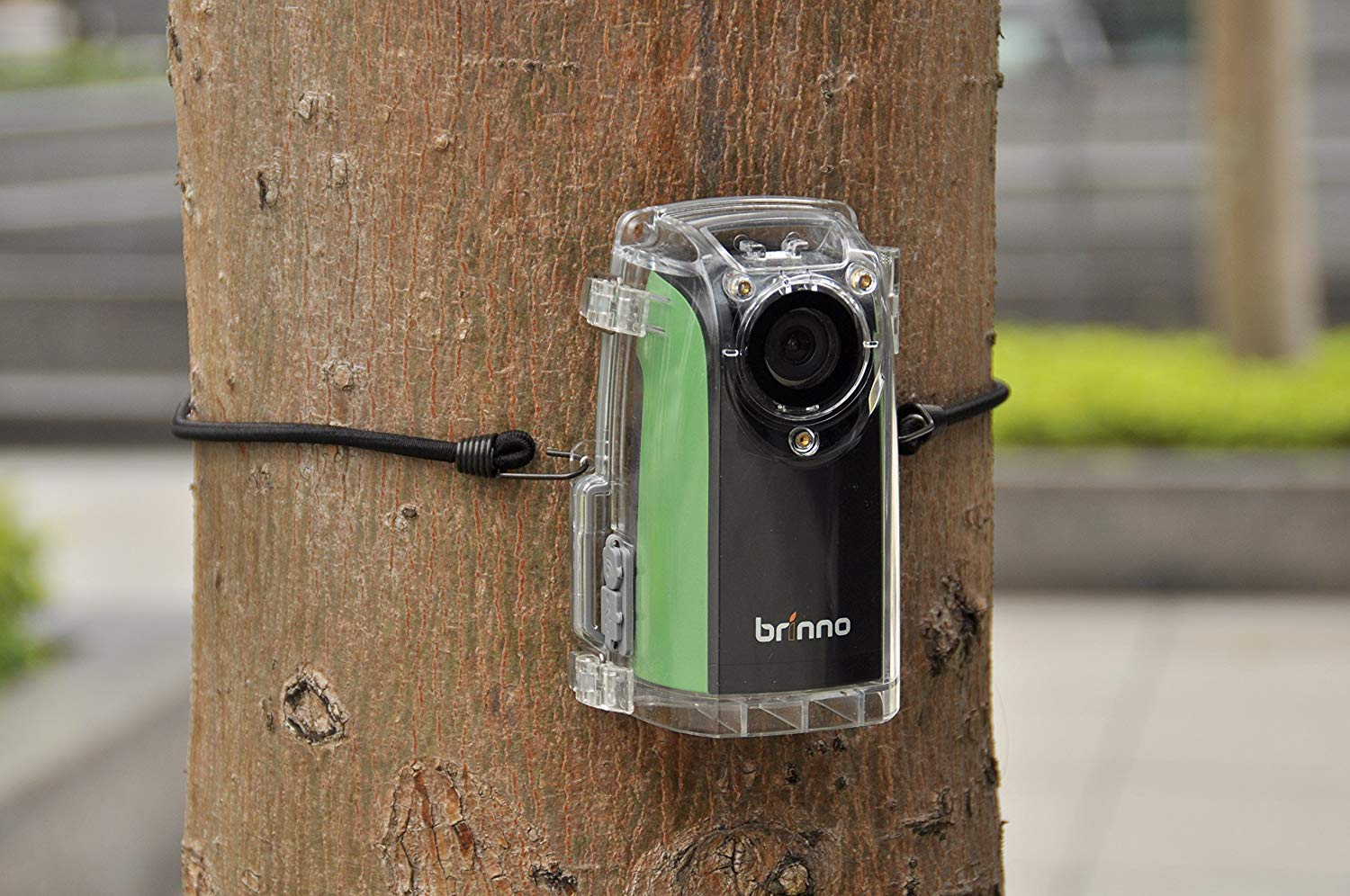

To begin, right-click the video in the preview area and select “Warp Stabilizer VFX”. The process is easy, but there are three drawbacks to Warp Stabilizer – it can take a while to process, it will slightly crop the edge from your photos, and it will occasionally give poor results. You can use the Warp Stabilizer to fix this, or you can skip this step entirely. Most videos can be a little shaky, as cameras move slightly over time or in strong winds. Now adjust the duration to match what we have previously set. Let us return to the Composition Settings (where we set dimensions earlier) by right-clicking the composition in the Project pane. My time-lapse is now 1 minute long, but my composition is still 7 minutes (6 empty minutes). Input your desired duration time and click OK. In my example, I will create a 1 minute video. Click on the stretch value (should say 100%) to edit the duration. That is too long for me! If you wish to change your video length, look for the “Stretch” column in the timeline pane. My 10,000 images at roughly 24fps creates a video running nearly 7 minutes. Our video duration is now determined by how many images we are using, and by our frame rate that we set. Since we just adjusted our video dimensions, this step ensures that our photographs will still fit perfectly. In this timeline area, right-click the footage source name (where my red arrow points) and select “Tranform” -> “Fit to Comp”. This is where we will spend the rest of our time as we edit the video, but let’s do one final step before moving on. Click OK.Īlmost there! Now look to bottom half of After Effects and you will see the video timeline. Also check that your frames per second matches what you set earlier, such as 23.976. If you are unsure, you may want to set your height to 720px or 1080px. Just ensure you do not increase the dimensions past your starting point – you will only be stretching the photos and losing quality. You can now choose the dimensions for your video. Right click on this composition and choose “Composition Settings”. This is the video composition, which we will edit and then render into a video. You will see a new project file appear next to your imported sequence. After this step, we could be ready to export our video! Right-click the sequence file again, and this time select “New Comp From Selection”. Now lets turn our sequence into a composition. This is a common frame rate, but you won’t hurt anything if you go with 30fps or 60fps. Right click your sequence and select “Interpret Footage” -> “Main”. You will see your imported sequence in the Project area. Click the check boxes for “JPEG Sequence” and “Force alphabetical order”, and then hit the “Open” button. Now browse to your folder containing your images and highlight the first image only. They should be named in some sort of sequential order.
#TIME LAPSE TOOL ADD PHOTOS BY DATE FREE#
iMovie (Mac) is also free but can’t really handle large numbers of photos.įirstly, ensure your time-lapse images (and no other images) are together in one folder. PhotoLapse 3 (Win) is a free but limited tool for creating time-lapses. LRTimelapse (Mac/Win) is also fairly popular, at around $135. I prefer After Effects for its speed, ease of use, powerful features, and stabilization capabilities. I use Adobe After Effects, which is NOT free but does offer a free trial. It may seem like a lot of steps, but it really isn’t too bad if you follow along closely. In this tutorial, I will explain my preferred method for manually creating a time-lapse video. Editing your own video gives you more control over playback speed (frames-per-second), color correction, stabilization, deflickering, custom graphics, custom text overlays, and more. TrueLook customer or not, you may still desire to create your own time-lapse video from your camera’s images. If you work with TrueLook, you know that we automatically render time-lapse videos for you.

For quick edits to an existing video, see our earlier post “Quickly Customize Your Construction Time-Lapse (iMovie)”


 0 kommentar(er)
0 kommentar(er)
